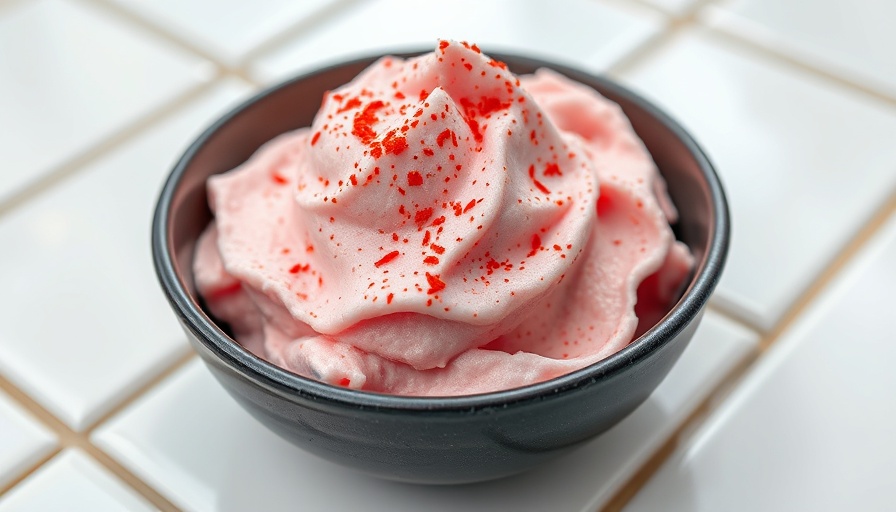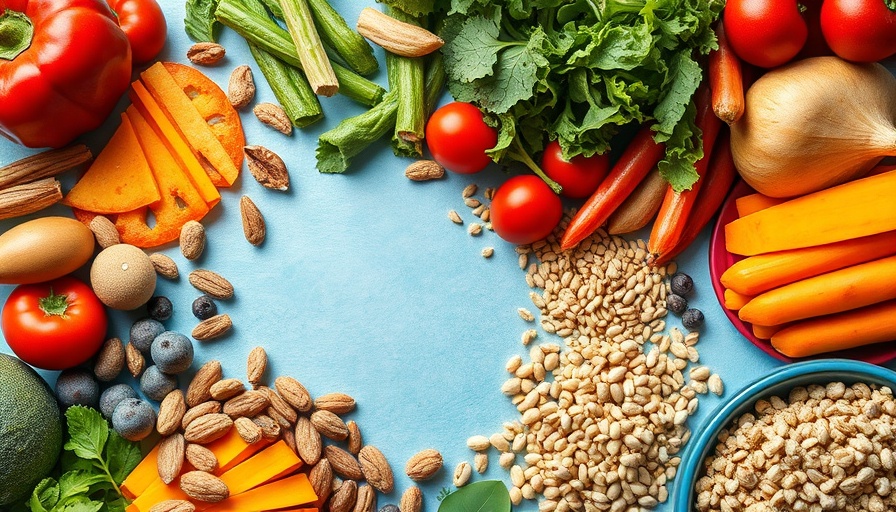Meal Planning
Hydrate with Delicious Mango Veggie Spring Rolls and Strawberry Dip
1
Experience Hydration Through Delicious Spring Rolls
Did you know that nearly 60% of your body is made of water? Staying hydrated is crucial for optimal body function, and the good news is, hydration doesn’t only come from what you drink. Foods play a significant role in our hydration levels. Fruits and vegetables, in particular, can offer up to 90% water content, making them some of the best choices for maintaining hydration. Among these, the refreshing cucumber, which consists of 96% water, stands out as a nutritional star. By loading up on hydrating foods like these, you can enjoy benefits such as better digestion, enhanced energy levels, and more vibrant skin.
The Magic of Wrapping it Up
We all love foods that are easy to hold and eat, and what better way to enjoy fresh ingredients than wrapping them up? Rice paper wraps serve as an excellent alternative to traditional tortillas, providing a low-fat, gluten-free option ideal for those managing diabetes. These wraps are made out of rice flour and water, making them easy to rehydrate and fill with a variety of colorful ingredients. Once assembled, each bite is bursting with flavor, keeping meal times exciting and nutritious!
Sweet and Tangy Strawberry Dip: A Flavorful Twist
Dips can elevate a meal to new heights, and our strawberry sauce is no exception. Rich in antioxidants, strawberries are not just delicious; they also provide health benefits, particularly for those at risk of type 2 diabetes. Studies show that strawberries can help regulate blood sugar levels, making them a suitable choice for diabetics. When combined with ginger—a spice known to aid in lowering fasting blood sugar—the strawberry dip becomes not only delightful but also a smart addition to your diet.
A Diabetes-Friendly Recipe to Make at Home
This mango veggie spring roll recipe is a perfect way to incorporate low-sugar fruits and veggies into your meals! Here’s what you’ll need: strawberries, cucumber, carrots, baby spinach, mango, and rice paper wraps. Whip up the strawberry dip by blending strawberries, lemon juice, ginger, and a splash of water for a refreshing touch. The assembly process might take a few extra minutes, but the result is not just a meal; it’s a vibrant dish that showcases delicious, diabetes-friendly ingredients.
Final Thoughts: Cooking for Health
Embracing a culinary approach that prioritizes hydration and nutrition can make all the difference in your health journey. Simple and wholesome meals, like these mango veggie spring rolls, are both satisfying and beneficial, especially for those who are health-conscious or managing diabetes. Don’t be afraid to experiment and customize based on your favorite seasonal ingredients.
What are you waiting for? Dive into this delicious, hydrating, and diabetes-friendly recipe and explore how simple changes can lead to a healthier you!

 Add Row
Add Row
 Add
Add

 Add Row
Add Row
 Add Element
Add Element












